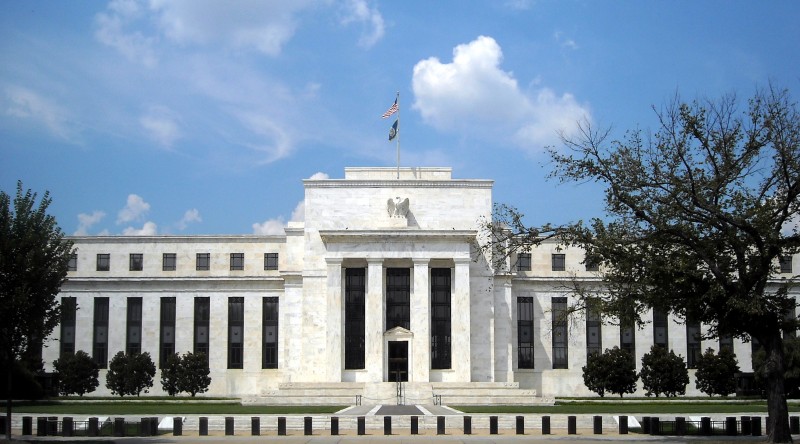Popular Posts
The federal funds rate is the benchmark interest rate set by the U.S. Federal Reserve.
Governments issue currencies, such as the U.S. dollar, euro and yen. Nevertheless, central banks control the availability of those currencies to borrowers and lenders.
The way that happens is through the interest rate. To simplify matters greatly, a low interest rate increases the availability of money to borrowers while a high interest rate restricts it.

The most-watched interest rate for each currency is called its benchmark rate. In the case of the United States, the federal funds rate is the benchmark rate. It is the rate charged by the Federal Reserve to lend money overnight to a select number of large banks.
Those large banks lend to each other, also overnight, to make money available to borrowers across the banking system. Generally, the banks extend the preferential benchmark rate to each other for overnight loans.
As a result, the federal funds rate is the basis for all other interest rates in the economy.
You might think that when you deposit your paycheck or savings in a bank branch your money stays there, but it does not.
In fact, banks are required to maintain only a small percentage of their deposits on hand, known as the reserve ratio. For large banks this ratio is 10%.
Banks lend the other 90% of the money to individuals and businesses. Banks make money by charging interest on loans greater than their cost of acquiring the money.
That’s why the federal funds rate is the benchmark rate. It is the starting point for creating a range of interest rates for all kinds of financial products, ranging from ordinary mortgages to credit cards and everything in between.
For instance, if the federal funds rate is 1%, banks use that to decide what rate to offer their very best customers. That’s the prime rate.
Let’s say the prime rate is 3%. The bank thus expects to earn the 2% difference on loans to its highest-quality customers.
From there, a bank might offer a fixed-rate mortgage loan at a rate of 5%. Consumer loans not backed by collateral are more costly, say 7% or more.
Credit card lending rates are higher still, typically in the double-digits, and normally are variable. They can change over time as the benchmark and prime rates change.
Because loans are structured on the basis of the federal funds rate, a rise in that rate will cause the cost of borrowing to rise. That way the Federal Reserve can goose up the economy by making money cheaper or, if necessary, tap on the brakes.
The Federal Reserve thus attempts to use the interest rate to be vigilant about inflation while not accidentally choking off growth and creating an unnecessary recession.
MarketRiders, Inc. is a registered investment adviser. Information presented is for educational purposes only and does not intend to make an offer or solicitation for the sale or purchase of any specific securities, investments, or investment strategies. Investments involve risk and, unless otherwise stated, are not guaranteed. Be sure to first consult with a qualified financial adviser and/or tax professional before implementing any strategy discussed herein. Past performance is not indicative of future performance.